Salak takes its place among the top 20 fruits that are relatively unknown to most people in the world but are however, incredibly healthy and delicious. This is one exotic fruit that is definitely worth trying.
Salak (Salacca zalacca), also known as snake fruit, grows on a type of palm tree native to Malaysia and Indonesia. This fruit tree belongs to the Arecaceae family and is closely related to the Philippine palm trees.
Salak is called snake fruit because it has a rough, red-brown and scaly skin, greatly similar to a snake's skin. Besides in Malaysia and Indonesia, the fruit is very popular in Singapore, Thailand and the Philippines.
There exist at least 30 varieties of salak that are grown in Indonesia. Salak fruits grow in clusters, almost like a giant head of garlic with a brown skin, easy to peel and containing 3 cloves - 2 small and 1 large with an exceptionally hard seed. Each fruit weighs about 3 oz (90 g). The young fruits should not be touched because they have sharp thorns that easily cause injury.
Like many other fruits, salak bruises easily and does not last long. The picked fruits cannot be stored fresh long at all, explaining their absence in many markets around the world.
Choosing and Storing Salak
If you happen to find this exotic fruit, choose one with a saturated and even color. Do not buy fruits that are too soft and have an unpleasant putrefactive smell - these are rotten.
Composition of Salak
Salak contains vitamin C, proteins, carbohydrates, beta-carotene, thiamine, calcium, phosphorus, iron and dietary fiber. It also has saponins and phenolic compounds.
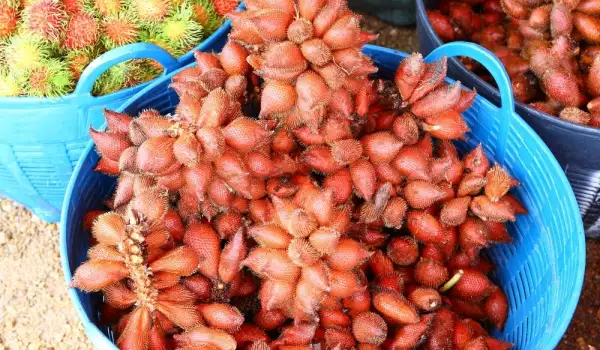
Cooking Salak
The inside of a salak is a soft yellow color and the sweet-and-sour taste of a pineapple, the difference being that it's crunchier. But the consistency is similar to an apple's. The red-brown scaly skin of salak is very easy to remove. The fruit has a remarkably refreshing taste.
Salak fruits are consumed fresh or used to make cakes. Unpeeled, a salak can also be used as a cake decoration, providing an exotic and interesting look.
In Indonesia, the fruit can be found canned, made into juice or candied. The unripened fruits are marinated and used as ingredients in some local salads. In Bali there are numerous family wineries that produce wine from salak. About 20 lb (9 kg) of salak yield 1 bottle of wine, costing about $10 in stores.
Benefits of Salak
Salak is considered one of the fruits richest in potassium and pectin, making it exceptionally good for the brain. This is why many people call salak the "fruit of memory". Further, salak is incredibly healthy for vision health.
The beta-carotene found in salak is a valued antioxidant, having a positive effect on the eyes. The substances in the fruit make it good against diarrhea, constipation and indigestion.
Salak can be eaten when on a food diet because it has a high content of phytonutrients and fibers, which aid in weight loss. Additionally, salak is an excellent companion in maintaining healthy nails and skin.
Dangers of Salak
Persons suffering from ulcers and intestinal inflammation should not overconsume salak because the high content of tannins in the fruit may lead to undesirable complications.
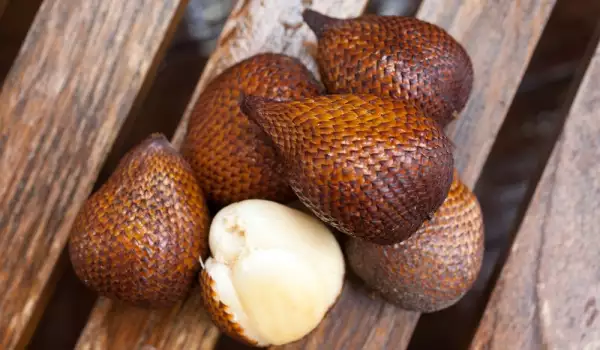
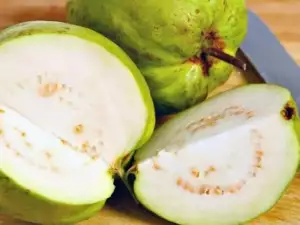
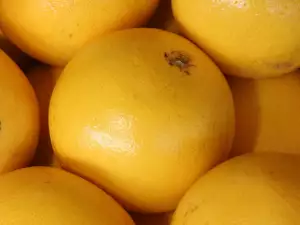
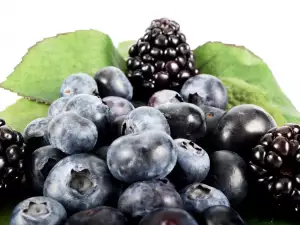
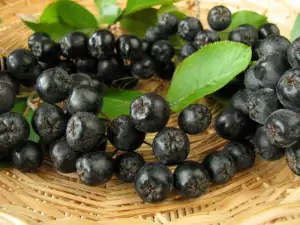
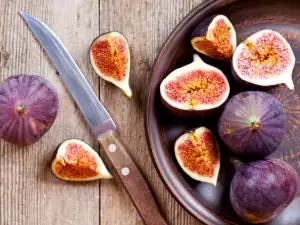
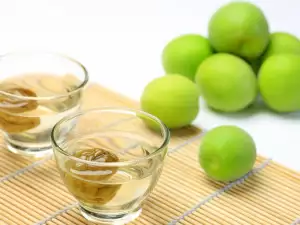
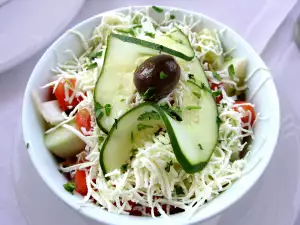
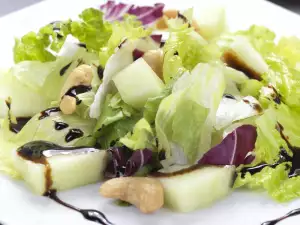


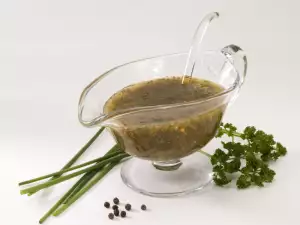
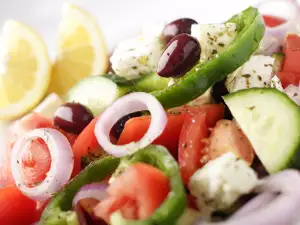
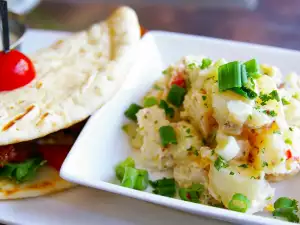
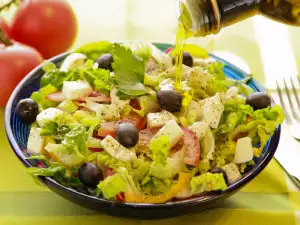
Comments